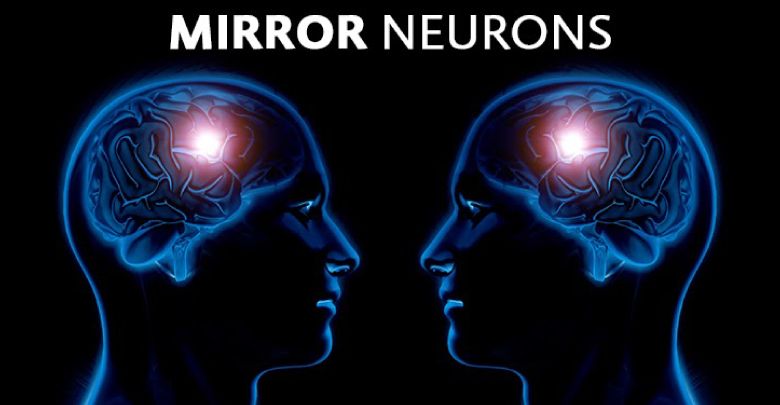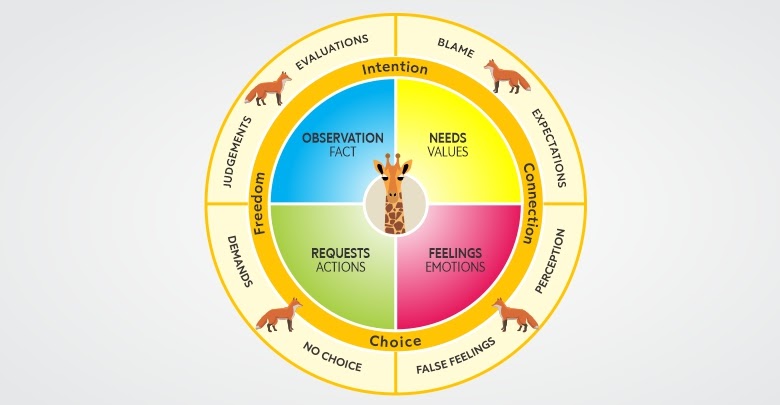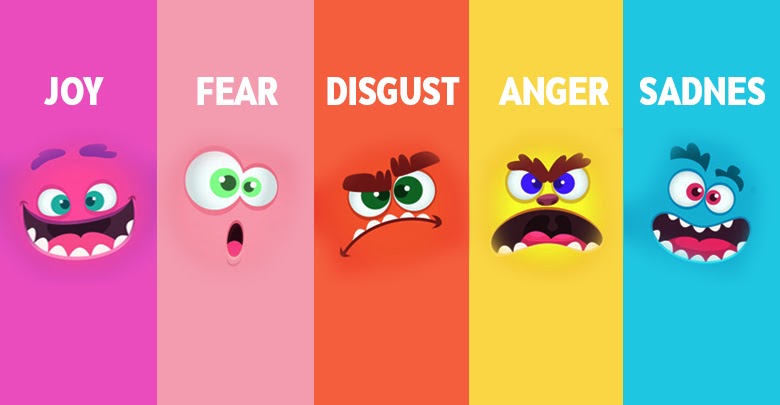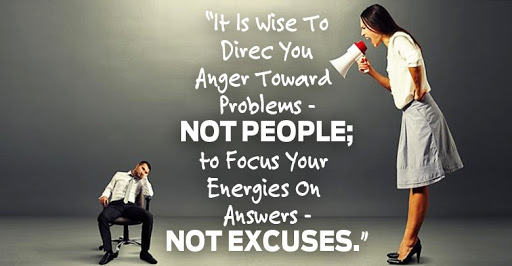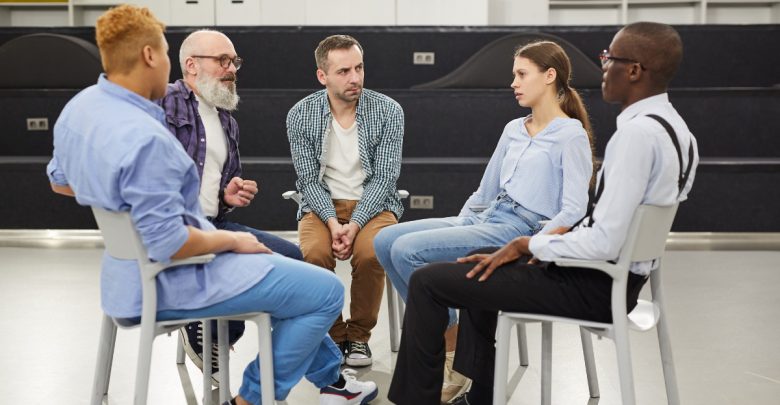emotions
-
Why did I choose this tool? I chose this tool because it gives some clear insight on what may be preventing participants (or even us) from fully expressing feelings and emotions, and some suggestions as to what can be done about it. Over the course of my work I have found that when we jump too quickly to the solution…
Read More » -
Why did I choose this tool? Researching empathy and empaths is an interesting but confusing pursuit. When I read this list of scientific (or semi-scientific) explanations for empathy, it helped me to be able to narrow my search for information in a certain direction, rather than ending up with all kinds of confusing information. I hope that in the coming…
Read More » -
Why did I choose this tool? Non-violent communication is one of the most effective methods that I have learned when it comes to communication. If everyone practiced non-violent communication, I believe that the quality of communication between people would be greatly improved and many problems would be prevented or solved. Talking about emotions isn’t something that most people are used…
Read More » -
Why did I choose this tool? My upbringing was one that generally vilified negative emotions, particularly anger and disgust, and glorified the positive emotions such as happiness, contentment and love. What I came to understand later on in life is that the negative emotions, including anger and disgust, are actually part and parcel of a life of happiness and contentment,…
Read More » -
Why did I choose this tool? Many times, I have made the mistake of attempting to solve an issue by “attacking those involved”, even though I wouldn’t call it that. And I’ve also seen others do it. The results are generally negative, people feel hurt, lash out, they attack back, the conversation stops and any attempt to communicate or learn…
Read More » -
Why did I choose this tool? This tool, more than many others, is what makes me feel confident in my abilities as a trainer. In planning a workshop, the participants will go on an emotional journey, and to some extent we can predict where they’ll go. The point of this tool is to imagine how participants will experience our workshop,…
Read More » -
Why did I choose this tool? One of many the deciding moments for me to quit innovation consulting and to build an app focused on emotions was quite simple: I liked a girl and I wanted to know if she liked me. However, I had been hoping that she would tell me how she felt about me BEFORE I told…
Read More » -
Why did I choose this tool? This is one of the foundational exercises in my personal work. It has helped me realize what people might be struggling with and within seconds, helps me have a better emotional connection to them. It has helped me reframe relationships with my ex-girlfriend, my mother, my best friend, my ex-boss, and many others. It…
Read More » -
Why did I choose this tool? I have found t-groups to be some of the most challenging emotional experiences, where many of my and other people’s boundaries are tested, which have led me to deep personal growth and an ability to see the impact that I have on other people. I experienced them while living in Boulder, Colorado, and also…
Read More » -
Why did I choose this tool? I built an app called iFeelio, based on this emotional micro-journaling format, to help me get better at expressing emotions and it has helped me tremendously in my life. Over a period of four years, I entered over 4,000 entries, which is an average of almost three per day. I have seen how it…
Read More »

